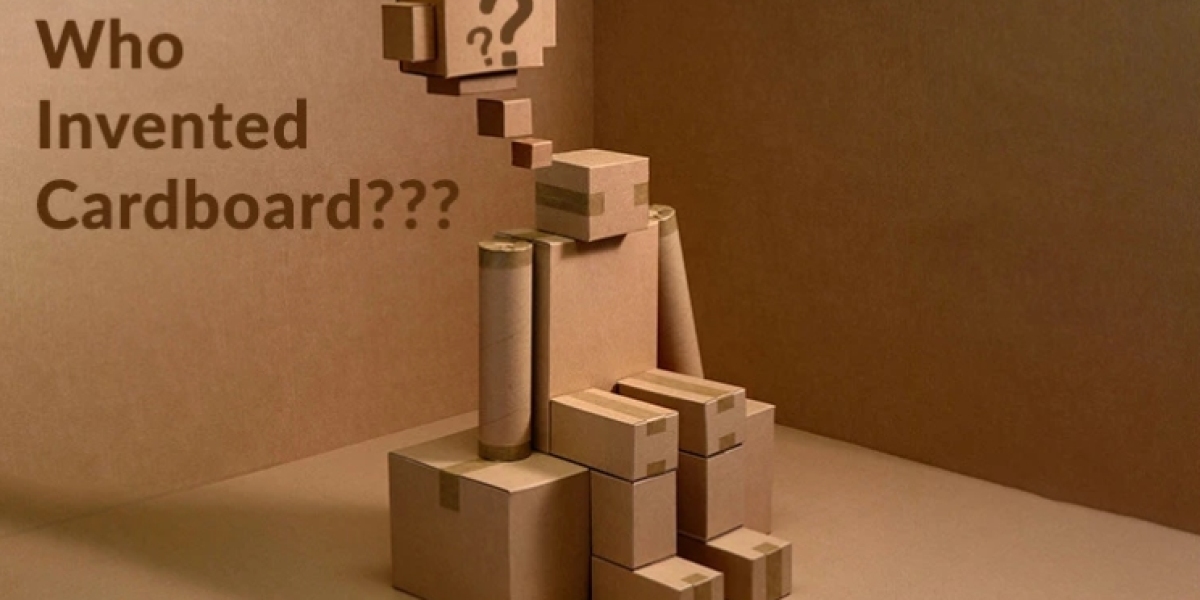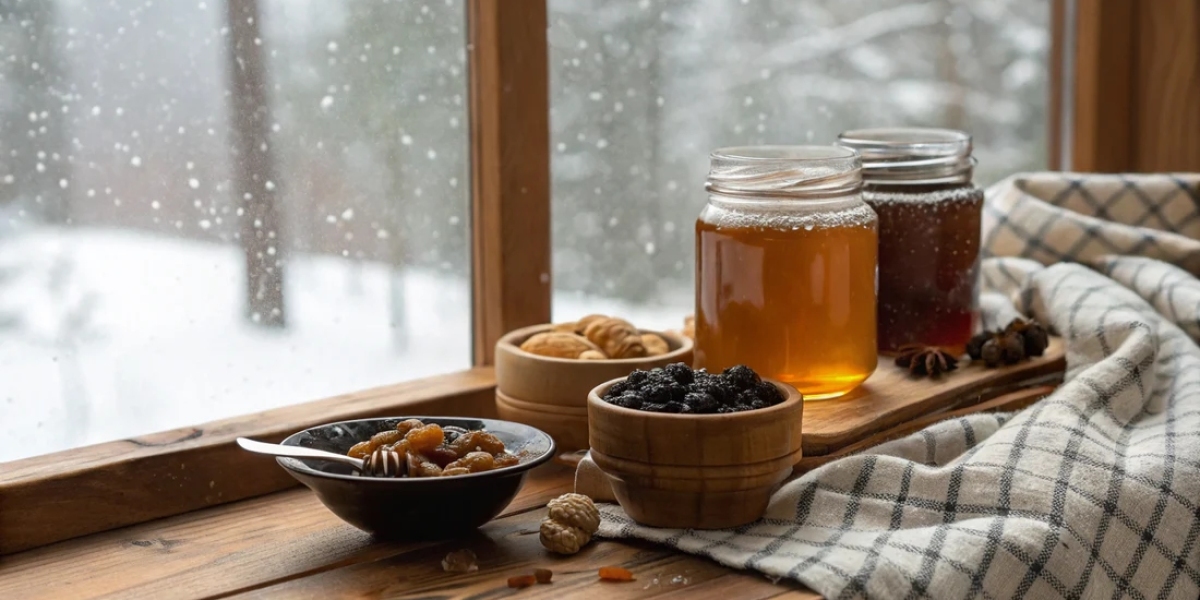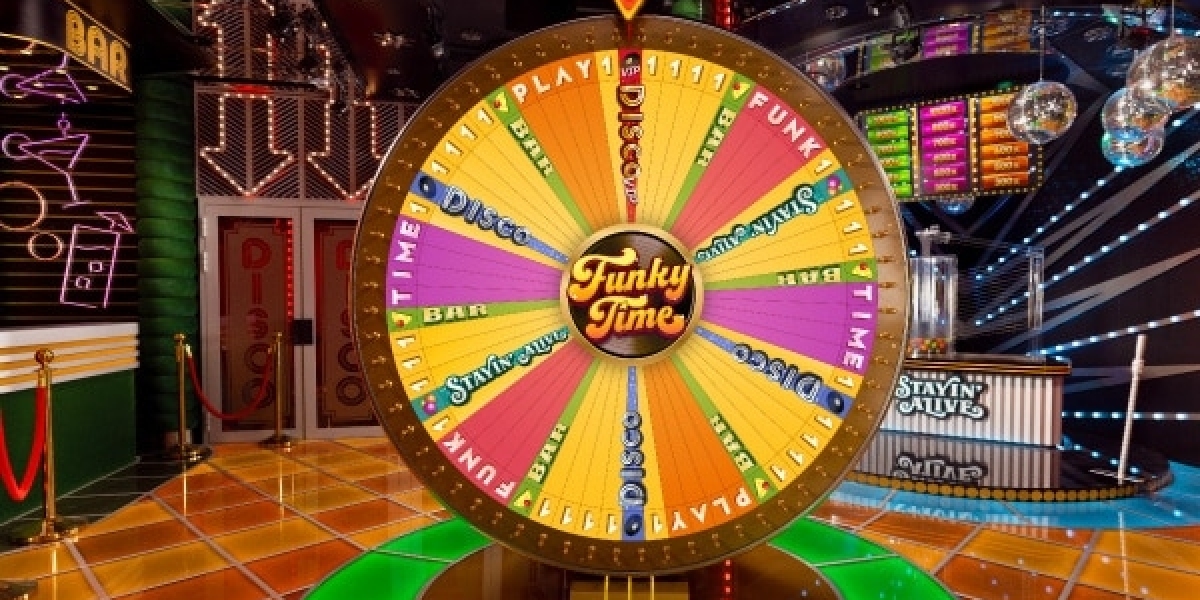Cardboard is something we encounter nearly every day, often without giving it much thought. From delivery parcels and cereal boxes to retail displays and product packaging, cardboard plays a silent yet essential role in modern commerce. But its widespread use wasn’t always the norm. The History of Cardboard is a tale of industrial innovation, necessity, and sustainable development that has reshaped the way goods are transported, stored, and presented globally.
The story behind this humble material dates back several centuries. While the term "cardboard" is often used generically, it covers a range of paper-based materials including paperboard, fiberboard, and corrugated board. The invention of cardboard can be traced to 1817 in England, where the first commercially produced paperboard box was created. These early boxes, made from thick paper, were used for packaging smaller items like jewelry. However, it wasn’t until later in the 19th century that cardboard evolved into a stronger, more durable form with the introduction of fluted (corrugated) paper.
The Rise of Corrugated Cardboard
The second half of the 1800s marked a pivotal point in the history of corrugated cardboard. In 1856, British inventors Edward Allen and Edward Healey patented corrugated paper as a liner for tall hats. While this may sound trivial, the wavy, fluted texture helped maintain structure and absorb shock—an idea that would eventually revolutionize packaging.
It wasn’t long before this concept was adapted for shipping. In 1871, American innovator Albert Jones patented a single-sided corrugated board designed to protect glass lantern chimneys during transit. By 1874, Oliver Long improved upon the design by sandwiching the fluted sheet between two flat linerboards, giving birth to the modern corrugated cardboard.
This innovation made it possible to mass-produce stronger, lighter, and more affordable packaging. The transition from bulky wooden crates to cardboard significantly reduced shipping costs and labor, marking a major turning point in cardboard box manufacturing across industries.
Industrial Growth and the First Cardboard Box
With the rise of industrial manufacturing and global trade in the late 19th and early 20th centuries, the need for practical and efficient packaging materials became more critical than ever. The first cardboard box made from corrugated material was manufactured in the U.S. in the 1890s, providing an economical alternative to wood. By the early 1900s, cardboard boxes had become the standard in packaging solutions for food, textiles, consumer goods, and more.
Advancements in machinery allowed for faster production, precise cutting, and customizable sizing. Companies were now able to brand their boxes with printed logos and designs, turning packaging into a marketing tool.
Cardboard in the Modern Era
The 20th century saw cardboard become deeply embedded in retail and logistics. During both World Wars, the demand for lightweight and protective packaging increased dramatically, spurring further improvements in production and design. Innovations included moisture-resistant coatings and multi-layer fluting to increase strength and durability.
As retail expanded and the rise of supermarkets transformed consumer behavior, cardboard also found a home on store shelves. Product visibility, safety, and branding all became key considerations. This era witnessed the birth of what we now refer to as folding cartons and shelf-ready packaging—essentially, a further evolution of the original paperboard box.
Sustainability and the Circular Economy
Today, cardboard is not only valued for its practicality but also for its eco-friendly properties. Most cardboard materials are recyclable and biodegradable, making them ideal in an age where environmental responsibility is a priority. Recycled fibers are now commonly used in the manufacturing process, reducing the demand for virgin pulp and minimizing the overall carbon footprint.
Additionally, modern businesses favor cardboard due to its compatibility with automated packing systems, printability, and customer-friendly unboxing experience. E-commerce has particularly reinforced its relevance, with corrugated shipping boxes playing a central role in the online shopping lifecycle.
The Role of Custom Product Packaging in Evolution
The historical trajectory of cardboard—from a paper-based novelty to a cornerstone of global commerce—shows just how vital packaging can be. As businesses seek to stand out in competitive markets, the demand for tailored packaging solutions has never been higher. This is where custom product packaging becomes indispensable.
Cardboard is no longer just a functional material; it's a brand statement. Companies invest in designs that reflect their identity, protect their products, and reduce environmental impact. From minimalistic kraft boxes to high-end printed displays, custom corrugated and paperboard packaging options offer limitless versatility.
As new technologies emerge, such as digital printing and smart packaging (e.g., QR codes, sensors), cardboard continues to evolve while staying rooted in its sustainable foundations. It remains a dynamic solution for modern businesses across all sectors.
Conclusion:
The History of Cardboard is more than a timeline—it’s a testament to human innovation and adaptability. What started as a simple paperboard box has transformed into a global standard for packaging solutions. From the first cardboard box used for luxury goods to today’s fully recyclable and digitally printed cartons, cardboard has continued to meet the changing needs of industries and consumers alike.
As we move into the future, with growing awareness around sustainability and supply chain efficiency, the importance of thoughtfully engineered packaging will only increase. Custom product packaging built on a foundation of cardboard innovation will continue to lead this transformation, offering smarter, greener, and more brand-centric solutions for years to come.








